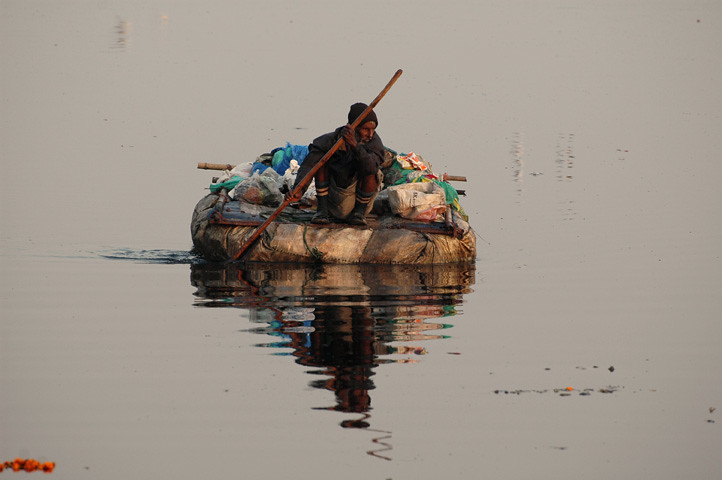The project Yamuna was announced shortly after the BJP secured all seven Delhi seats in the 2024 Lok Sabha elections, ending the AAP’s decade-long dominance. Critics argue the timing aligns with the BJP’s bid to consolidate support ahead of forming a government in the Delhi Assembly (where it has been in opposition since 2015).
Historical Parallels:
Previous governments (AAP, Congress, and BJP-led central agencies) have launched multiple Yamuna cleanup drives since the 1990s, spending over ₹2,000 crore with minimal results. The BJP’s announcement mirrors past promises, raising skepticism about its execution.
Key Aspects of the Project:
Interception of sewage drains:
- Targeting 22 major drains discharging into the Yamuna.
Upgrading sewage treatment plants (STPs):
- Increasing capacity and ensuring compliance with water quality standards.
Public participation:
- Awareness campaigns and penalties for dumping waste.
Institutional Coordination:
- The project involves multiple agencies (Delhi Jal Board, DDA, MCD, Central Pollution Control Board), which have historically struggled with jurisdictional overlaps and accountability.
Criticisms and Challenges
Political Skepticism:
- Opposition parties (AAP, Congress) allege the project is an election-season gimmick, citing the BJP’s failure to address Yamuna pollution during its decade-long central governance.
- The AAP government previously blamed the BJP-led MCD for mismanaging waste and sewage, highlighting systemic coordination failures.
Technical Hurdles:
Untreated sewage:
- Over 50% of Delhi’s wastewater flows untreated into the Yamuna due to inadequate STP capacity and illegal settlements along the riverbanks.
Industrial effluents:
- Toxic discharge from unauthorized industries in trans-Yamuna areas remains unchecked.
Funding and Accountability:
- Past projects suffered from fund misallocation and delays. For instance, the ₹1,500-crore Yamuna Action Plan (Phase III) launched in 2018 missed its 2023 deadline.
Broader Implications
Urban Governance:
- The Yamuna’s pollution symbolizes Delhi’s urban planning failures, including illegal encroachments, poor waste management, and bureaucratic inertia. A cleanup requires sustained political will beyond photo-ops.
Public Health and Ecology:
- The river’s toxic foam (ammonia, phosphate-heavy) poses health risks to millions and devastates aquatic ecosystems. A genuine cleanup could improve water security and biodiversity.
Public Trust:
- Success hinges on transparency and public engagement. Past failures have eroded trust, making citizens wary of new announcements.
FOLLOW:https://newsroom47.com/why-delhi-gurugram-noida-and-ghaziabad-experience-frequent-earthquakes/
Newsroom 47
